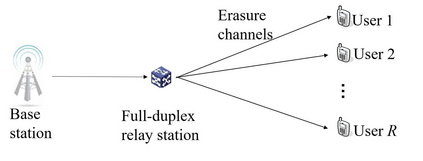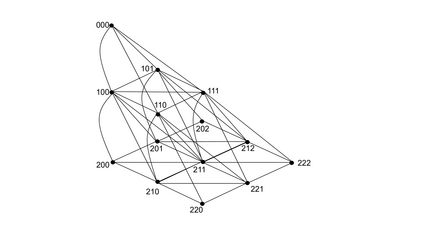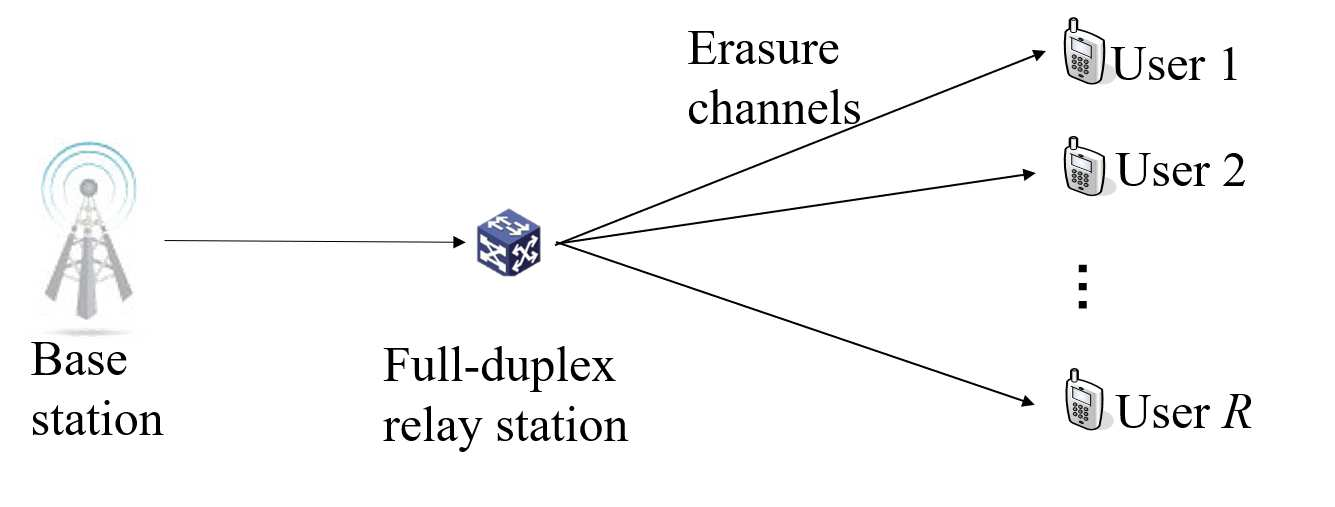As the next-generation wireless networks thrive, full-duplex and relaying techniques are combined to improve the network performance. Random linear network coding (RLNC) is another popular technique to enhance the efficiency and reliability in wireless communications. In this paper, in order to explore the potential of RLNC in full-duplex relay networks, we investigate two fundamental perfect RLNC schemes and theoretically analyze their completion delay performance. The first scheme is a straightforward application of conventional perfect RLNC studied in wireless broadcast, so it involves no additional process at the relay. Its performance serves as an upper bound among all perfect RLNC schemes. The other scheme allows sufficiently large buffer and unconstrained linear coding at the relay. It attains the optimal performance and serves as a lower bound among all RLNC schemes. For both schemes, closed-form formulae to characterize the expected completion delay at a single receiver as well as for the whole system are derived. Numerical results are also demonstrated to justify the theoretical characterizations, and compare the two new schemes with the existing one.
翻译:由于下一代无线网络蓬勃发展,全复式和中继技术被组合在一起,以提高网络性能。随机线性网络编码(RLNC)是提高无线通信效率和可靠性的另一种流行技术。在本文中,为了探索全复式中继网络中RLNC的潜力,我们调查了两种基本完美的RLNC计划,并从理论上分析了其完成延迟性能。第一个方案是在无线广播中研究的常规完美RLNC的简单应用,因此在中继中不涉及额外的程序。它的性能是所有完美的RLNC计划中的一个上限。另一个方案允许在中继中实现足够大的缓冲和不受限制的线性线性编码。它实现了最佳的性能,在所有RLNC计划中起到较低的约束性。对于这两种方案,都产生了封闭式公式,以描述单一接收器和整个系统的预期完成延迟性能。数字结果还证明理论描述是合理的,并将两个新方案与现有方案进行比较。







